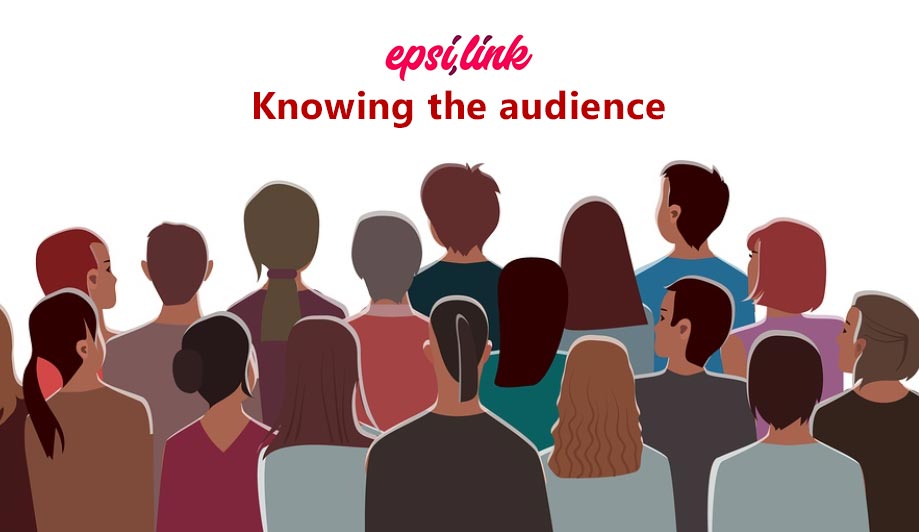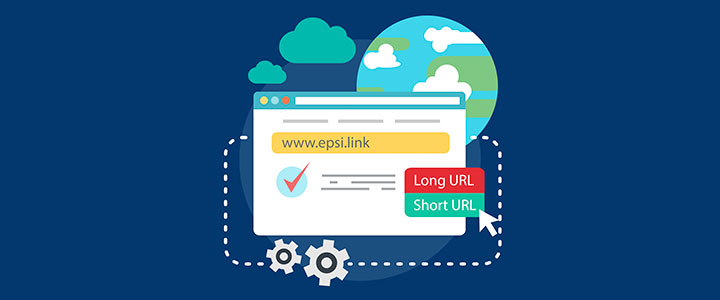
In this article, we refer to solutions that can make you grow in the social network.
How to market on social media?
First, it is better to know more about the concept of social media.
Any tool or program that allows you to communicate with other people and share your content, ideas, and opinions is social media.
If we want to mention the main social media that are common and popular among people:
Facebook, Twitter, Instagram, LinkedIn, and YouTube are the most popular other.
How many types of social media do we have?
Virtual entertainment is web-based and gives clients fast electronic correspondence of content, like individual data, reports, recordings, and photographs.
And people are the most important audience of social media who work in it with different purposes such as: sharing, learning, interacting, and marketing.
If we want to introduce different categories of social media, we should mention the following:
- Social review sites like Facebook
- Image-sharing sites such as Instagram
- Video hosting sites like YouTube and Vimeo
- Community blogs like Twitter
- Discussion sites
- Sharing economy networks.

There are many different types of social media, each with its own unique features and characteristics. Here are some of the most common types of social media:
- Social networking sites: These are websites that allow users to connect with other users and share information about themselves, their interests, and their activities. Examples include Facebook, LinkedIn, and MySpace.
These platforms allow users to create a profile, connect with other users, and share information such as photos, videos, and status updates. Some social networking sites also offer features such as groups, events, and messaging. - Microblogging platforms: These are platforms that allow users to post short updates, usually no more than a sentence or two in length. Examples include Twitter and Tumblr.
Microblogging platforms are designed for short, frequent updates. Users typically post brief messages, often accompanied by photos or links to other content. These platforms are often used for real-time updates and breaking news. - Video sharing sites: These are websites that allow users to upload and share videos with others. Examples include YouTube, Vimeo, and TikTok.
Video-sharing sites allow users to upload and share videos with others. These platforms are often used for entertainment, education, and marketing purposes.
- Photo sharing sites: These are websites that allow users to upload and share photos with others. Examples include Instagram, Flickr, and Pinterest.
Photo-sharing sites allow users to upload and share photos with others. These platforms are often used for sharing personal photos and for showcasing photography skills. - Social review sites: These are websites that allow users to rate and review products, services, and businesses. Examples include Yelp and TripAdvisor.
Social review sites allow users to rate and review products, services, and businesses. These platforms can be helpful for consumers who are looking for recommendations, and can also be used by businesses to build their reputation and respond to customer feedback. - Discussion forums: These are websites that allow users to discuss various topics with others. Examples include Reddit and Quora.
Discussion forums allow users to participate in conversations on a wide variety of topics. These platforms can be helpful for getting advice, sharing knowledge, and building communities around shared interests. - Virtual worlds: These are online environments where users can interact with each other and with computer-generated objects. Examples include Second Life and Minecraft.
Virtual worlds are online environments that allow users to interact with each other and with computer-generated objects. These platforms are often used for gaming, but can also be used for socializing and exploring virtual spaces.
These are just a few examples of the many different types of social media that exist today. The social media landscape is constantly evolving, with new platforms and features emerging all the time.
Benefits of Social media
Today, one of the main assets that can be a factor of growth and success in the virtual world is communication. Because this allows you to introduce yourself more than before if you have a profession or an idea.
Through social networks, many communications on the Internet have helped us to be able to share our opinions, ideas, and experiences about the habitat, society culture, and daily problems.
Social media offers many benefits for individuals, businesses, and society as a whole.
Here are some of the key benefits of social media:
- Connecting with others: Social media allows individuals to connect with friends, family, and people from all over the world. This can help people to build and maintain relationships, regardless of geographic location.
- Sharing information: Social media allows individuals to share information and ideas with others. This can help to spread knowledge and awareness about important issues, as well as to promote personal interests and hobbies.
- Building communities: Social media platforms can be used to build communities around shared interests, hobbies, or causes. This can help people to find like-minded individuals and to create a sense of belonging.
- Marketing and promotion: Social media can be a powerful tool for businesses to market and promote their products or services. Social media platforms allow businesses to reach a large and diverse audience and can be used to build brand awareness, generate leads, and drive sales.
- Customer service and support: Social media can be a useful tool for businesses to provide customer service and support. Customers can reach out to businesses through social media channels to ask questions, provide feedback, or report issues.
- Awareness and activism: Social media can be a powerful tool for raising awareness about important issues and promoting social change. Social media platforms can be used to organize events, share information, and mobilize supporters around a cause.
- Education and learning: Social media can be used for educational purposes, allowing individuals to learn from experts and educators from all over the world. Social media platforms can also be used to share educational resources and connect with other learners.
These are just a few examples of the many benefits that social media offers. Of course, social media also has some potential drawbacks and risks, such as the spread of misinformation and the potential for addiction or mental health issues. It's important to use social media responsibly and to be aware of these risks.
How to market on social media?
And how to implement the best strategy for the social network so that we can have more feedback?
Social media has assisted brands in associating with crowds from one side of the planet to the other.

- The first step in improving social networks is knowing the audience.
One of the mistakes that most companies or people face when setting up social networks is not knowing the audience.
Some people only think about increasing members, but the main part of attracting an audience is based on the company's target.
After the topic of the target, you should know more about the interests of your audience and improve your content framework based on the user's taste.
Knowing your audience is essential for improving social networks because it allows you to tailor your content and messaging to meet the needs and interests of your target audience.
Here are some of the ways that understanding your audience can help you improve your social media presence:
- Content creation: Knowing your audience can help you to create content that is relevant and engaging. By understanding the interests and needs of your audience, you can create content that is more likely to be shared, liked, and commented on.
- Timing: Knowing when your audience is most active on social media can help you to time your posts for maximum impact. By posting when your audience is most likely to be online, you can increase the visibility and engagement of your content.
- Platform selection: Different audiences may use different social media platforms, so understanding your audience can help you to choose the right platform to focus on. For example, if your audience is primarily younger people, you may want to focus on platforms like TikTok and Instagram, while if your audience is primarily professionals, you may want to focus on platforms like LinkedIn.
- Tone and messaging: Understanding your audience can help you to create messaging that resonates with them. By using the right tone and language, you can build trust and credibility with your audience and create a stronger connection with them.
- Feedback and engagement: Knowing your audience can also help you to respond to feedback and engagement in a way that is meaningful to them. By understanding their needs and concerns, you can address their questions and comments in a way that is helpful and informative.
In short, understanding your audience is key to creating a successful social media strategy. By tailoring your content and messaging to meet the needs and interests of your target audience, you can build a strong and engaged following that will help you to achieve your social media goals.
- Analysis of user performance
One of the best methods that can have a great impact on the growth of your content program after starting is identifying the path of your users in the network you use.
At this stage, Epsi.link can help you monitor the performance of your audience more accurately.
In this article, you can read more details about how to create insight by linking in Epsi.
The insight of each post allows you to know the user's interests and improve them and publish content according to their needs and interests, secondly, identify the things where you did not grow and create a different strategy for them.

- Unique strategy for each purpose
If you know your audience, you will choose the social network more accurately based on their age and interests.
While formulating a web-based entertainment methodology, center around:
- Where is your crowd?
- Where is your rival’s post?
- Everything that your measurements say to you
Moreover, you'll need to contemplate how to best utilize every stage, in light of what it was made for and the substance that does best there:
- LinkedIn functions admirably for long-structure composed content, similar to blog entries.
- Pinterest allows clients to find content and depends on visuals to grab their eye.
- Instagram upholds all the more outwardly convincing posts and inventive brief recordings.
- YouTube is best for longer educational or engaging video content.
- Twitter takes into account ongoing discussions, news updates, and alarms.
- Facebook offers quality video web-based, as live video, as well as an advanced informing stage that permits brands to communicate with their supporters one-on-one.
- Accurate timing for relevant posts
In the last step, to reach your goal for the growth of the social network, you must have a content plan.
Try to set a plan for the next month every month. In addition to being user-friendly, the content must be intelligently related to each other.
Continuity of the contents of each post and accuracy in the timing of its publication can promote your audience to follow the content.
- Interaction with the audience
Well, now that you have attracted the user to your content and met their needs, isn't it wrong not to answer their questions?
Interaction with the user may be the last thing we have mentioned, but it is the main key to the longevity of your members. If you provide all your services without any defects, but you are not responsive, whether, in the virtual world or the traditional market, you have failed.
So, as much time as you spend on your content, spend time on those who read your content.
Check the pages of your competitors, comment, interact, and be responsive to every one of your users as soon as possible.



